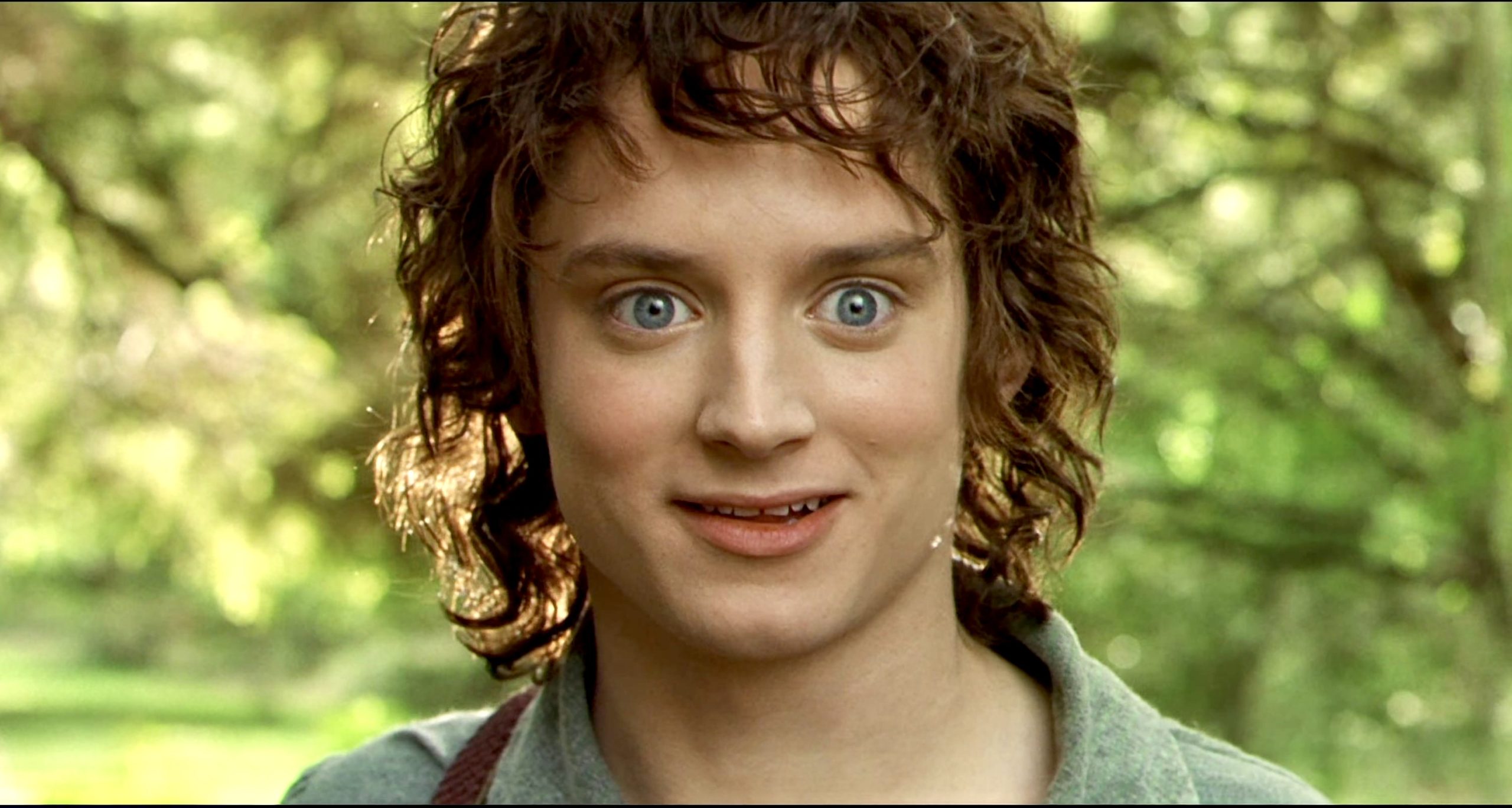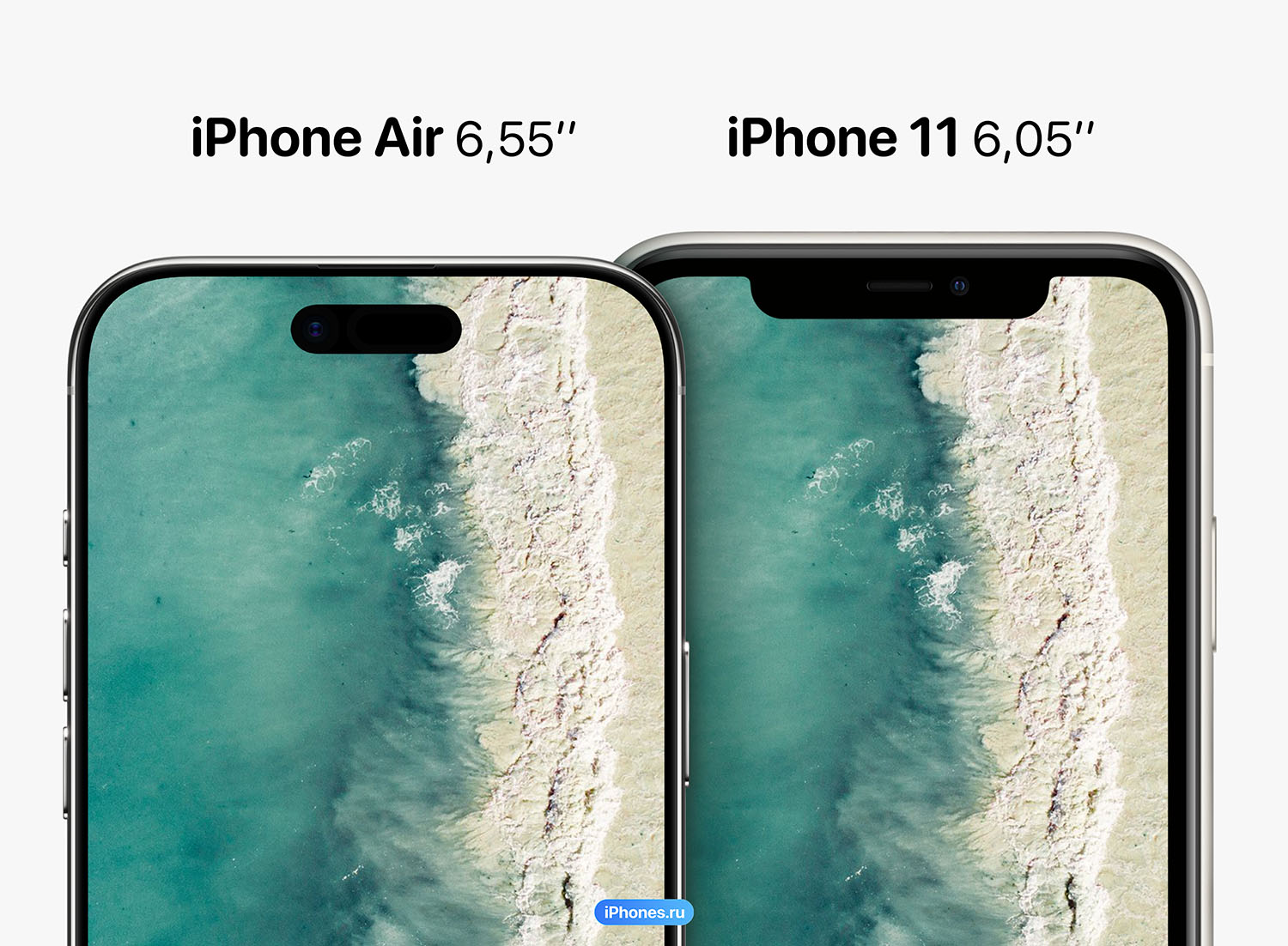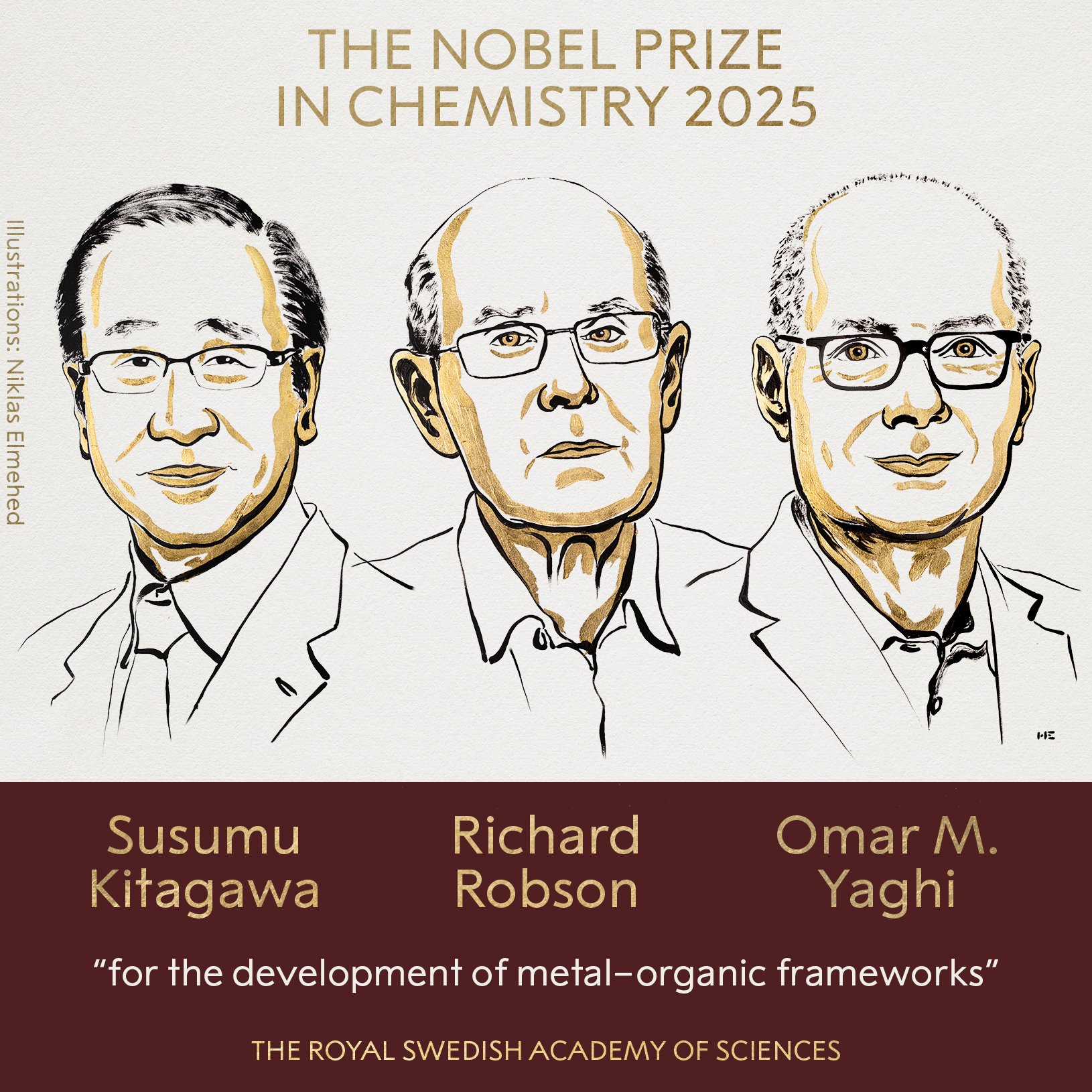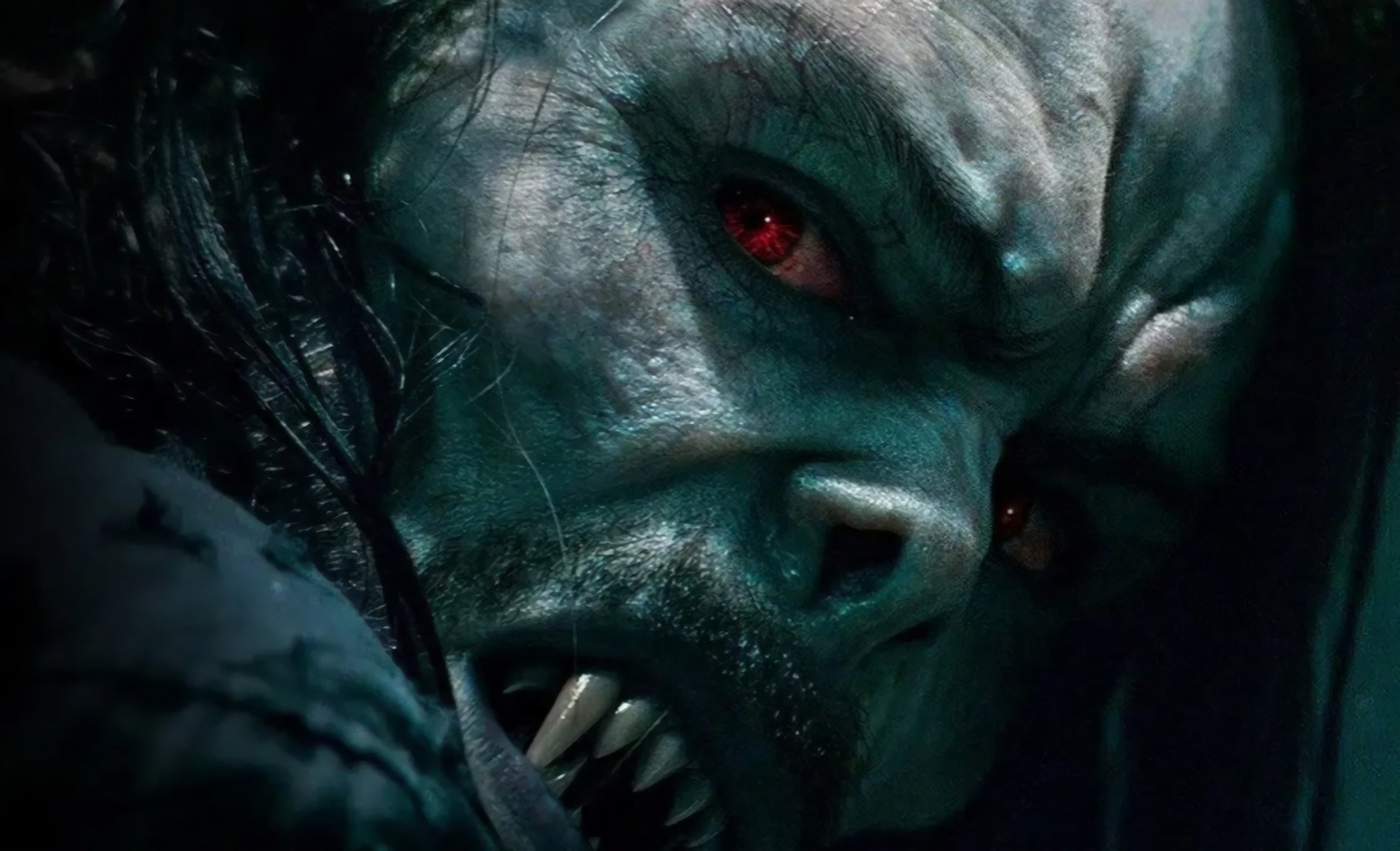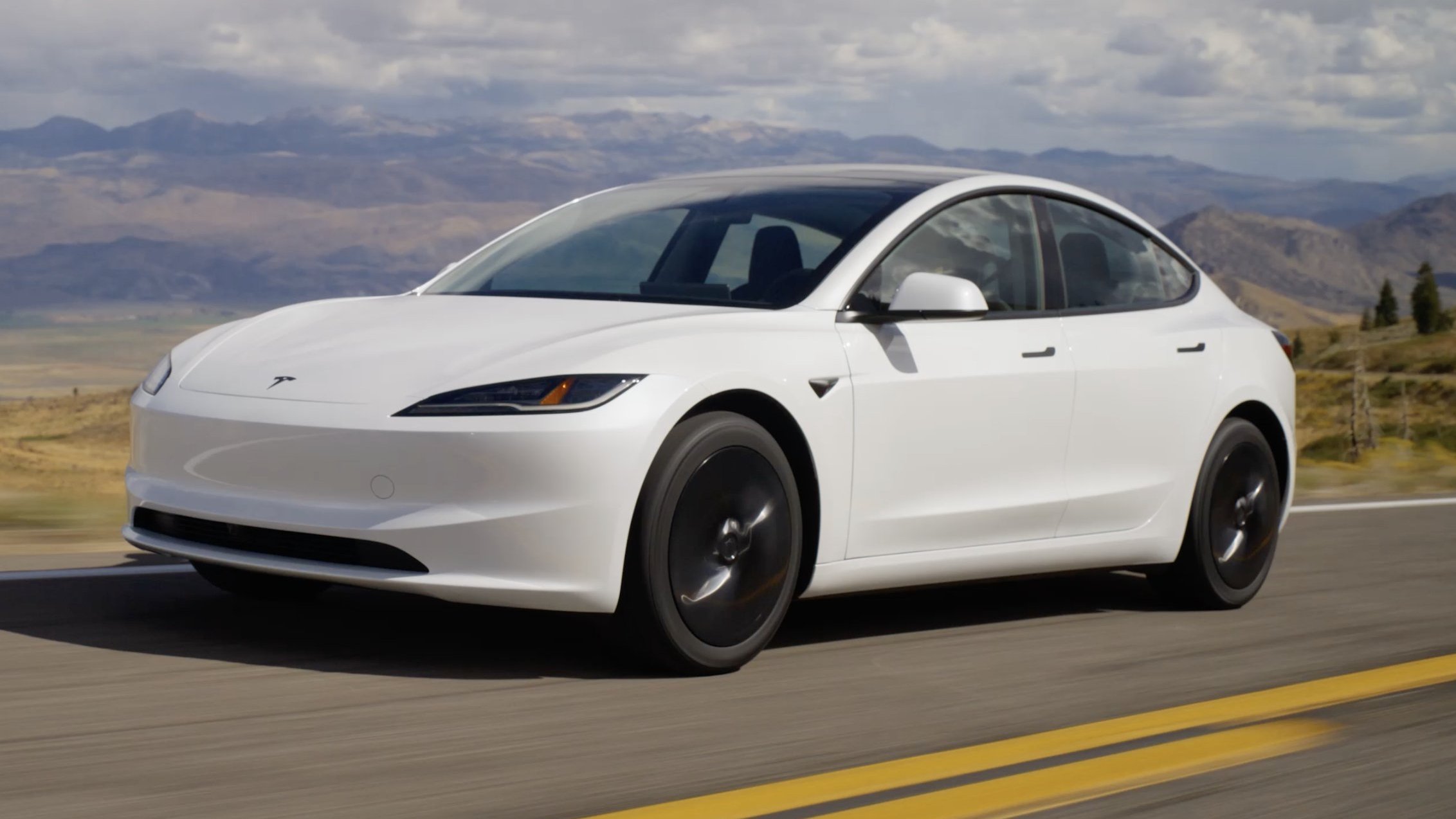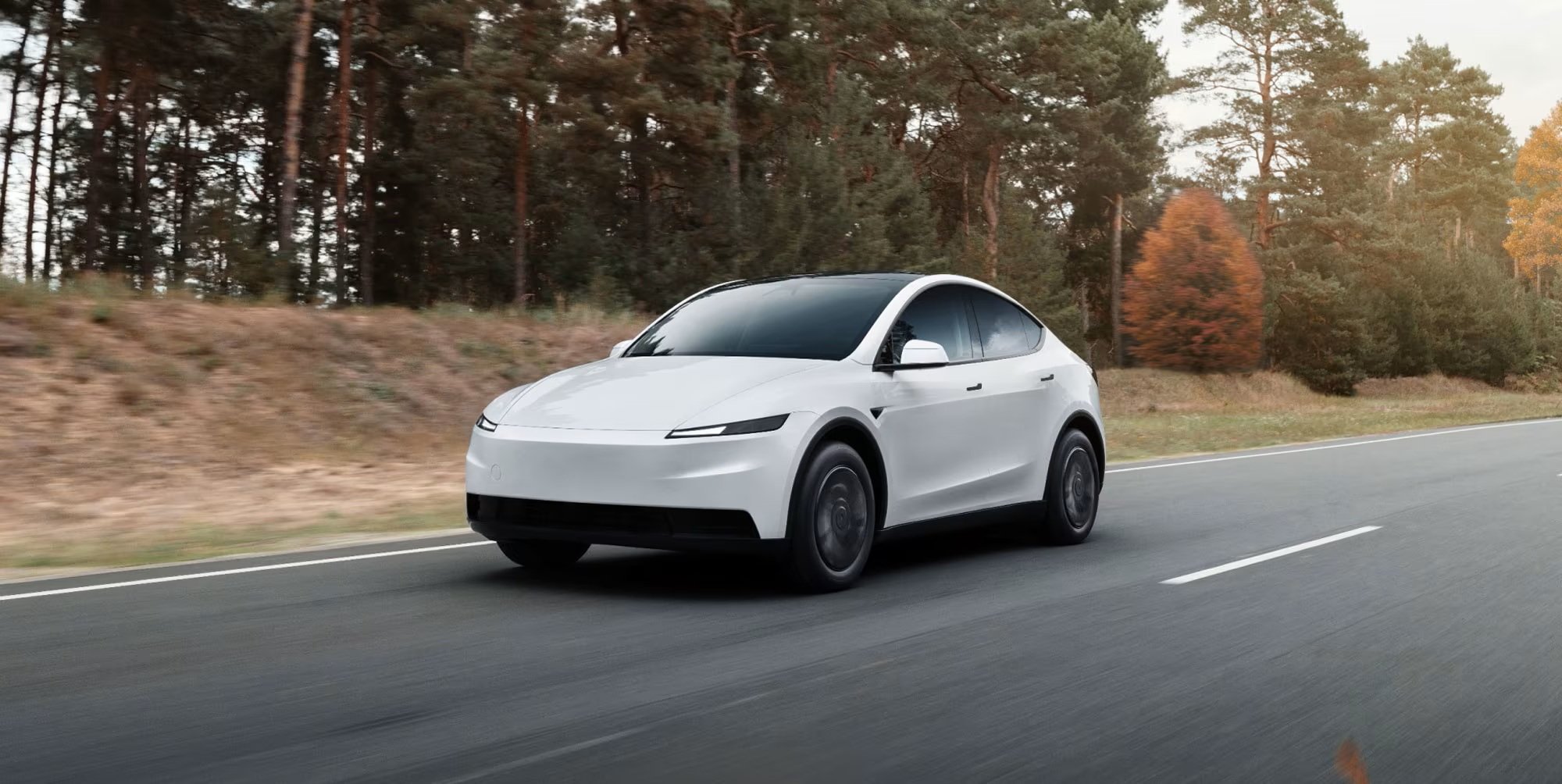Now that FIFA World Cup in Qatar It’s a good time to talk about the light in football stadiums. You only have to look to see that they are among the most illuminated buildings in the cities. Even those who are trying to change their lighting strategies to combat light pollution seem almost untouchable. And it’s true that it might make some sense at the time Matches, and why are they still highlighted in the rest of the time? There are many answers to this, but one of the most curious, and the only one that could be considered understandable, is the use of lighting to favor grass growth.
We must not forget that the green carpet on which football players play is a plant and therefore needs light to perform its function. photosynthesis. However, the huge stands of football stadiums create so much shade that the sunlight that actually reaches the vegetation is very weak.
For this reason, in many stadiums, the placement strategy artificial lightingalso at night. This has advantages; but, of course, and many shortcomings. And it is that the vegetation that is inside the football stadium can be favorable. But the sentient beings who suffer from this consideration are much more than the beneficiaries. Even if among these living beings we count all the fans of this sport.
Why does the lawn need light?
Yes, grass needs light to be able to carry out photosynthesis. This is the process by which they convert inorganic substances into organic substances, from which get nutrients. To do this, they must have a good input of light that provides the necessary energy to carry out the process.
Photosynthesis consists, generally speaking, of two phases: one light and one dark. In the light, photons of sunlight act on pigment molecules called chlorophyllas a result they lose part electrons in their last shell. Thus, a chain reaction begins in which these electrons are displaced, causing other molecules to lose even more electrons. These particles are usually paired, so that some electrons occupy the hole left by the others. The process is somewhat similar to electricity and the result is ATP, a molecule that is used as an energy currency. In addition, you get NADPHwhich is a necessary molecule for the reactions in which those organic substances that the plant feeds on are obtained.
As for the dark phase, the plant uses both CO₂ present in the environment in the form of ATP and NADPH, which were obtained in the previous phase, for the production of organic molecules. can finally be done his food. This indicates that a good contribution of light as well as dark phases is required.
The sunlight that hits football stadiums during the day is not enough for the grass to perform easy phase. There is too much shadow and the electron transport chain cannot start properly. For this reason, the possibility of providing artificial lighting has been studied for years and interesting results have been obtained.
Football stadiums that “imitate” the sun
To test the effectiveness of artificial lighting for good grass growth, studies have been carried out in football stadiums such as that of Sevilla. And it’s from Villarreal FC. In these two cases, as explained by the Spanish Association of Greengrowers, a comparison was made sodium lampstraditionally used, and LED lights.
At this point, the parameter known as photosynthetically active radiation (PAR). It refers to that part of the electromagnetic spectrum that is capable of producing photosynthetic activity. In addition, taking this value into account, the compensation point and saturation point for light can be measured. Firstly, this is the level of PAR radiation, at which the gross photosynthesis and respiration of plants are equalized. As for the second, it is defined as the level of PAR radiation at which net photosynthesis reaches its maximum. Finally, it is necessary to analyze quantum efficiency. That is, the maximum amount of CO₂ that a plant can assimilate for each received photon of light.
When analyzing these values under natural light, sodium lamps and LEDs, it was seen that for the four analyzed grass varieties LED lamps would be the most efficient system. For this reason, it is he who is commonly used in football stadiums. Those intense white lights that we see in buildings of this type are designed in part for the growth of grass. But they also cause certain problems.
The lack of darkness in football stadiums also harms the grass.
To begin with, no matter how useful light is for photosynthesis, we must remember that the second phase takes place. In the dark. So if the stadium is exposed to sunlight during the day and artificial lighting at night, the cure may be worse than the disease.
In fact, as he explained hypertext a biologist specializing in plant physiology, who works with various types of growing chambers and greenhouses, will need at least four hours of rest. ” long photoperiod which is commonly used in greenhouses and culture chambers is 16 hours light and 8 hours dark, although this can be increased to 4/20“, he notes. “Come on, we might think that eventually they will have to replace all the grass if they do not keep everything under control and leave them at least 4 hours of rest.”
It’s because they don’t have that dark phase to produce organic matter. And also because the constant maintenance of electron transport can lead to the formation reactive oxygen species (ROS). These are highly reactive molecules due to the presence of unpaired electrons in their outermost layers and their buildup can stress the plant.

The problem of light pollution
The World Cup in Qatar already accompanies enough ethical issues. But, in addition, football stadiums in this and other cities usually cause an important problem. light pollution. Light blue White stadiums is more than a proven task for observing the night sky. But that’s not all.
It can also affect the health of living beings. From the people themselves to the flora and fauna that live near football stadiums. For example, it has been observed that many birds can be harmed if they are blinded by light. Night light. Also, since the white light of the LEDs resembles the light of the moon, those who use our satellite to guide their migrations can get lost. Something similar happens with insects that fly towards the moon and end up entangled. As a result, they burn out in light bulbs or fly in circles in a daze.
Flowering of plants that follow light cycles can also be disrupted, endangering the animals that feed on them. It’s all a vicious circle that could be resolved with something as simple as football stadium coverage.
The paradox of chlorophyll.
Chlorophyll green. Therefore, when light falls on it, it absorbs all wavelengths except those that correspond specifically to green. Therefore, in order for the grass to grow, the lawn can be lit Red light (yellow, orange, red) and/or with blue light (blue-violet).
As he explained hypertext David Galadi, Ph.D. in astrophysics and an expert on light pollution, points out that chlorophyll’s sensitivity to blue, violet, and even near ultraviolet is paradoxical, since the Sun emits little radiation in this range. Maybe because physical and chemical limitations. However, “it makes sense to use this part of the sunlight because, although few photons fall from these intervals, they are the most energetic.”
For this reason, and also because they produce more light per watt of electricity, the use of LEDs Compared to the older sodium lamps, which produce a much warmer light, this leaves no room for discussion.

It’s not just about growing grass in football stadiums.
It is important to note that this is not the only lighting we see in football stadiums. “Lights of stadiums, lighting towers or around the perimeter of the standsshould light up the playing field for the public, the teams and the TV cameras,” recalls the astronomer. “These are not the kind of lights that are used to grow grass.” The grass is made up of LED panels placed on carts a meter above the ground, but the fact that it is lower , does not mean that it does not create light pollution.
“The intensity, in terms of energy released per square meter, is much higher than that projected by white light bulbs for vision and TV broadcasting. It’s a brutal intensity, let’s not forget that it’s supposed to mimic the power of the Sun. These light sources that seem so intense to us are not actually causing significant amounts of photosynthesis, not due to spectrum issues, but rather due to intensity. The light that comes from these grass-growing lights, especially the one that reflects into the sky, is a big source of light pollution.”
David Galadi, astrophysicist
All this, in fact, could have a simple solution. “Lighting devices for grass growth can be shielded so that they block the light that reflects upward,” explains Galadi. “This is a trivial task, and if it is not established, it is because no one has the slightest idea that there is a light pollution problem, that is, they have not even fallen in which they cause pollution that affects the sky, ecosystems and human health “. Also, this problem can be solved with something as simple as using artificial grass. However, it does not seem that this is an option that the players are ready.
Why don’t football stadiums use artificial grass?
Some football stadiums use artificial grass. Others are starting to use a mixture of both types. But, in general, natural is most often used, because. that’s what the players prefer. In fact, this type of grass is also used in the World Cup in Qatar.
You can read about the reasons for the players in the report published by International Federation of Professional Footballers’ Associations (FIFPro)which includes an overview of the use of various playing surfaces in professional leagues Sweden, Norway and Denmark. It showed that 85% of professional players from these countries prefer to play on natural grass. However, it can be extrapolated to other countries.
On the one hand, this may be due to the lower probability lesion development, since it is estimated that the load on the anterior cruciate ligament, as well as on other joints, increases by 45% when playing on artificial turf. Also, many players complain that it affects ball bouncewhich makes it more unpredictable.
All this has led to the fact that most of the major football stadiums have switched to natural turf, and with it artificial lighting. There may be no other choice. But there is another option to cover the field so that the light does not pollute everything around. Football is driven by more people and more money. But even this cannot compensate for the terrible effects of light pollution.
Source: Hiper Textual


